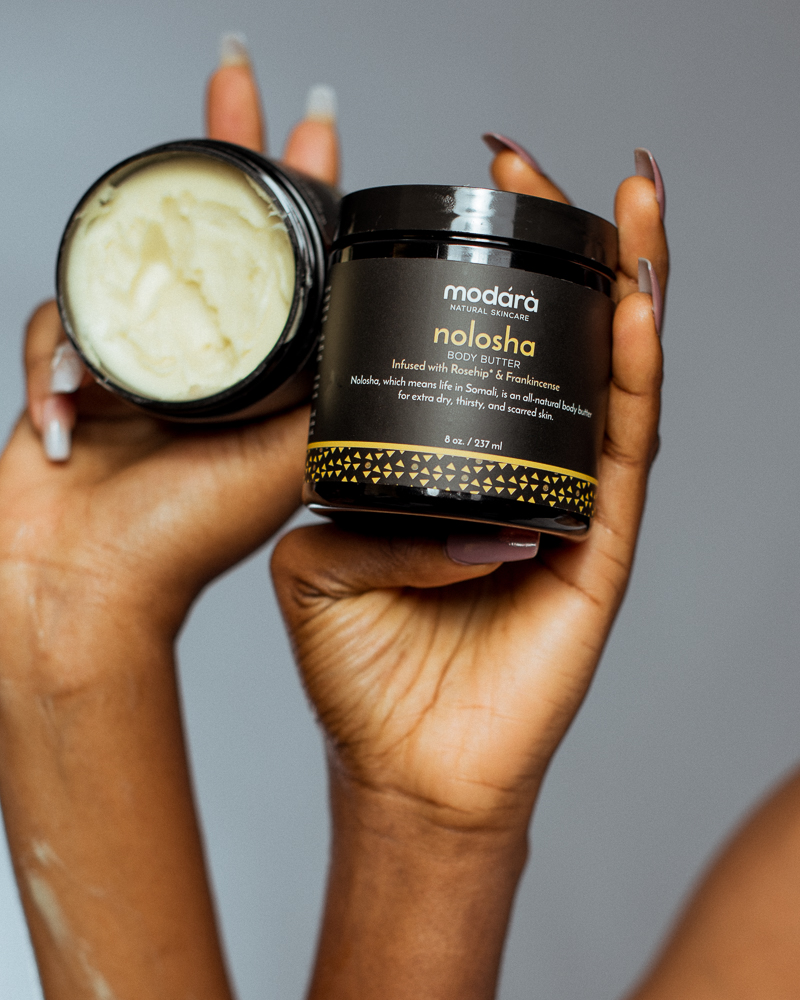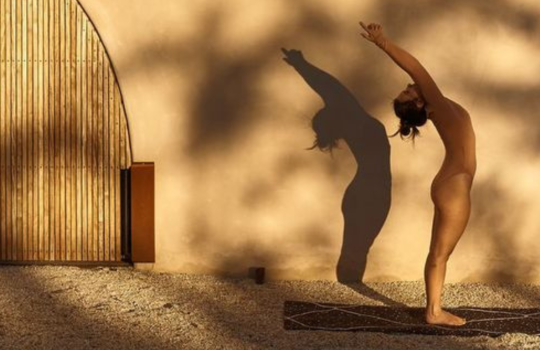Moisturiser Shouldn’t be Skipped in Humid Weather
July 2, 2025 2025-07-02 14:33Moisturiser Shouldn’t be Skipped in Humid Weather
Moisturiser Shouldn’t be Skipped in Humid Weather

During Nigeria’s rainy season, the air can feel so heavy with moisture that applying body cream or face moisturiser seems unnecessary. But here’s a surprising truth: your skin still needs hydration, and skipping moisturiser in humid weather may be doing more harm than good.
Humidity ≠ Hydration
It’s easy to assume that humid weather equals hydrated skin. After all, if there’s moisture in the air, why add more?
The answer lies in understanding transepidermal water loss (TEWL)—a natural process where your skin loses water through evaporation. Even in high humidity, your skin can lose essential moisture, especially after bathing, sweating, or exposure to harsh soaps and cleansers.
Without moisturiser to seal in hydration, TEWL accelerates dehydration, leaving your skin feeling tight, dull, or imbalanced over time.
🔗 Read this dermatological study on TEWL
Sweat Is Not a Moisturiser
Sweat may leave your skin feeling damp, but it does not hydrate it. In fact, sweating causes water loss from the body. It also leaves behind salt and other residues that can irritate the skin or disrupt its barrier, especially when not properly cleansed and moisturised afterwards.
This is particularly important for oily or acne-prone skin, which tends to overproduce sebum in response to dehydration.
Why Moisturising Still Matters
Here are key reasons to keep moisturising, especially when it’s humid:
-
Balances oil production: When the skin is dehydrated, it compensates by producing more oil, which can lead to clogged pores and breakouts. A moisturiser keeps oil levels in check.
-
Prevents dryness and flaking: You may not see it right away, but dehydrated skin can feel itchy or start to flake over time.
-
Strengthens your skin barrier: A healthy skin barrier protects against pollutants, bacteria, and irritation. Moisturising supports barrier repair and function.
-
Supports skin clarity and tone: Consistent hydration helps even out skin tone and enhances natural glow, even in unpredictable weather.
How to Moisturise Effectively in Humid Weather
The key is to use products that are lightweight yet effective. Rich, greasy creams may feel uncomfortable during the rainy season, but that doesn’t mean skipping moisturiser altogether. Instead, consider:
1. Use a lightweight moisturiser
Opt for whipped shea butter or hydrating lotions that absorb quickly without leaving a heavy layer on the skin.
2. Layer with body oil (when needed)
Applying a light oil after moisturising helps seal in hydration, especially on drier areas like elbows and knees. This layering technique supports long-lasting softness without clogging pores.
3. Moisturise after bathing
The best time to moisturise is right after showering, when the skin is still damp. This helps lock in water and reduce TEWL.
Choosing the Right Moisturiser
For humid climates, the ideal moisturiser should be:
-
Non-comedogenic (won’t clog pores)
-
Lightweight but nourishing
-
Free from heavy artificial fragrances
-
Able to soothe and protect the skin barrier
Natural butters like shea butter, when properly formulated, check all these boxes. They deliver moisture, vitamins, and a protective seal that keeps skin calm and balanced during extreme weather shifts.
Final Thoughts
Skipping moisturiser in humid weather might feel convenient, but it can lead to long-term dryness, irritation, or oil imbalance. Your skin needs hydration to function at its best, regardless of the weather.
Support your skin by choosing the right products and applying them consistently. In the end, moisturising is not just about comfort, it’s about maintaining your skin’s health and resilience year-round.




